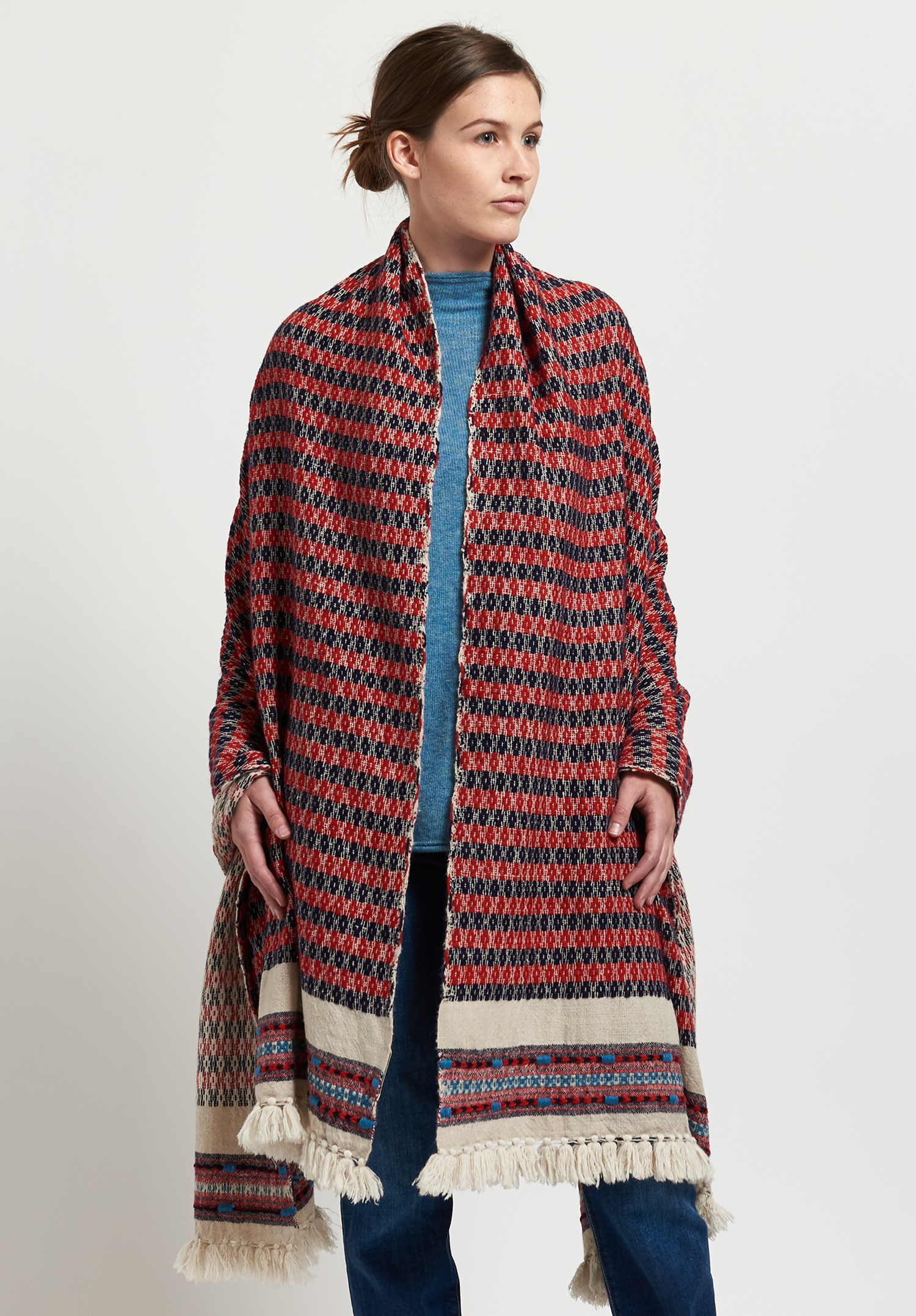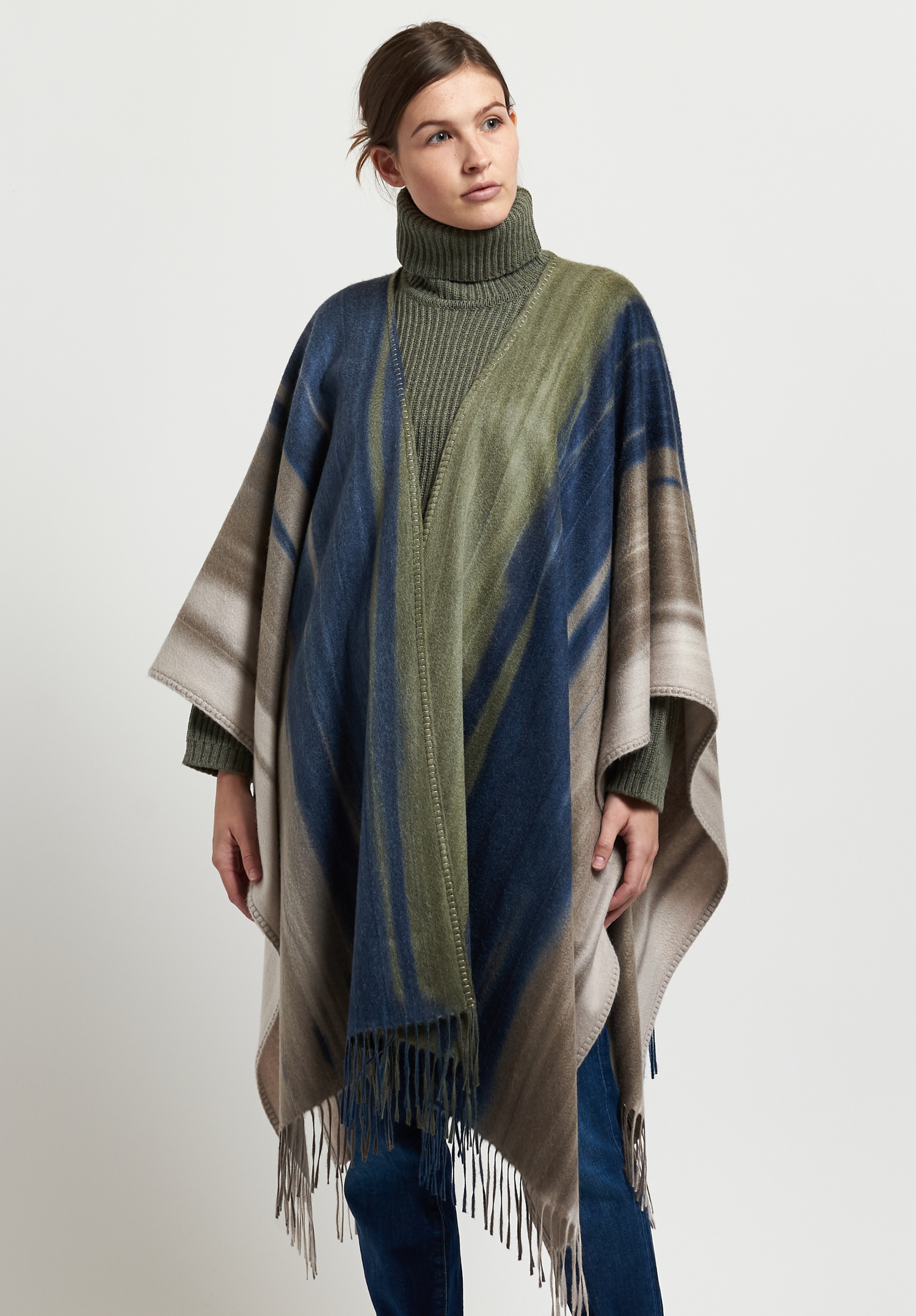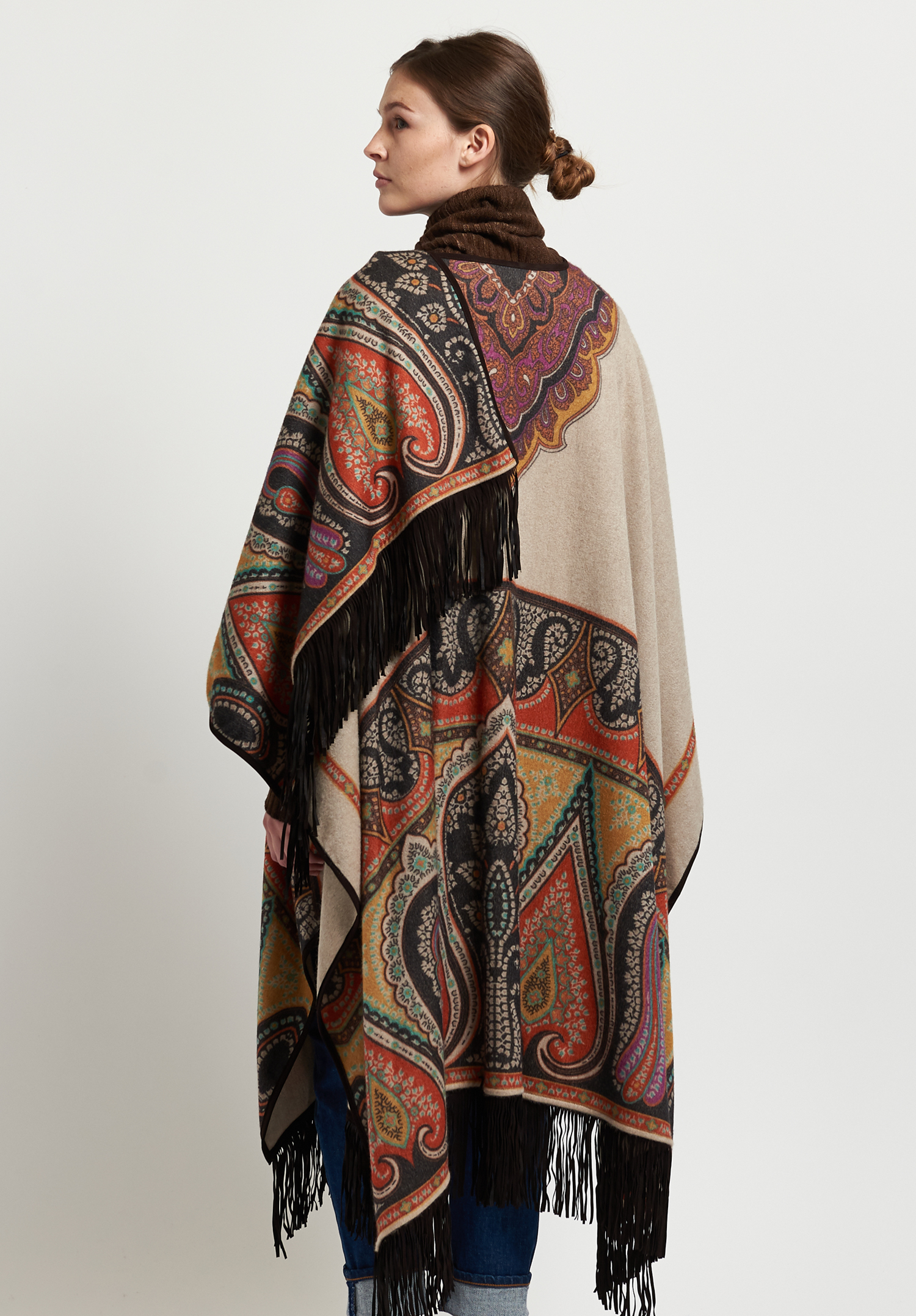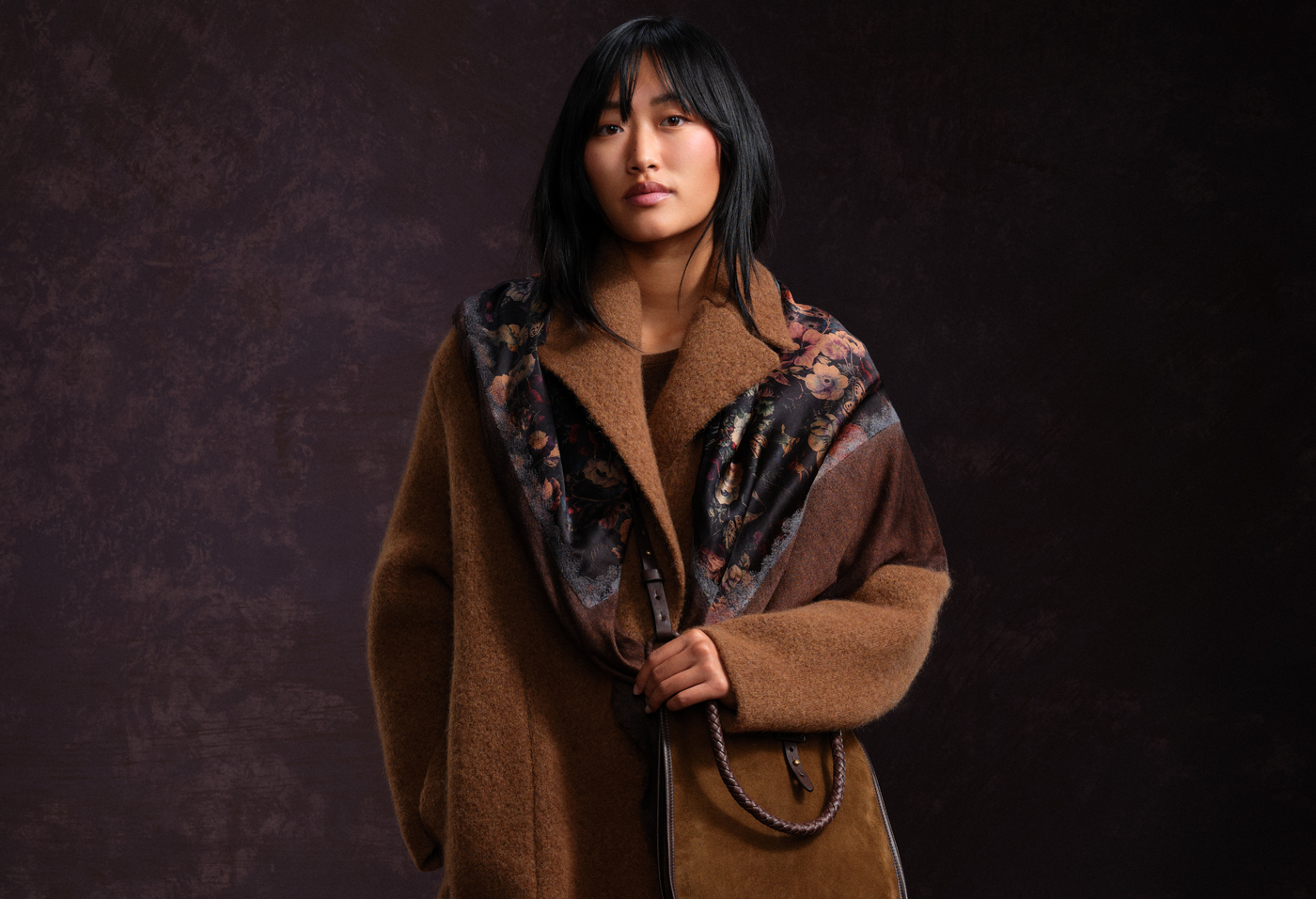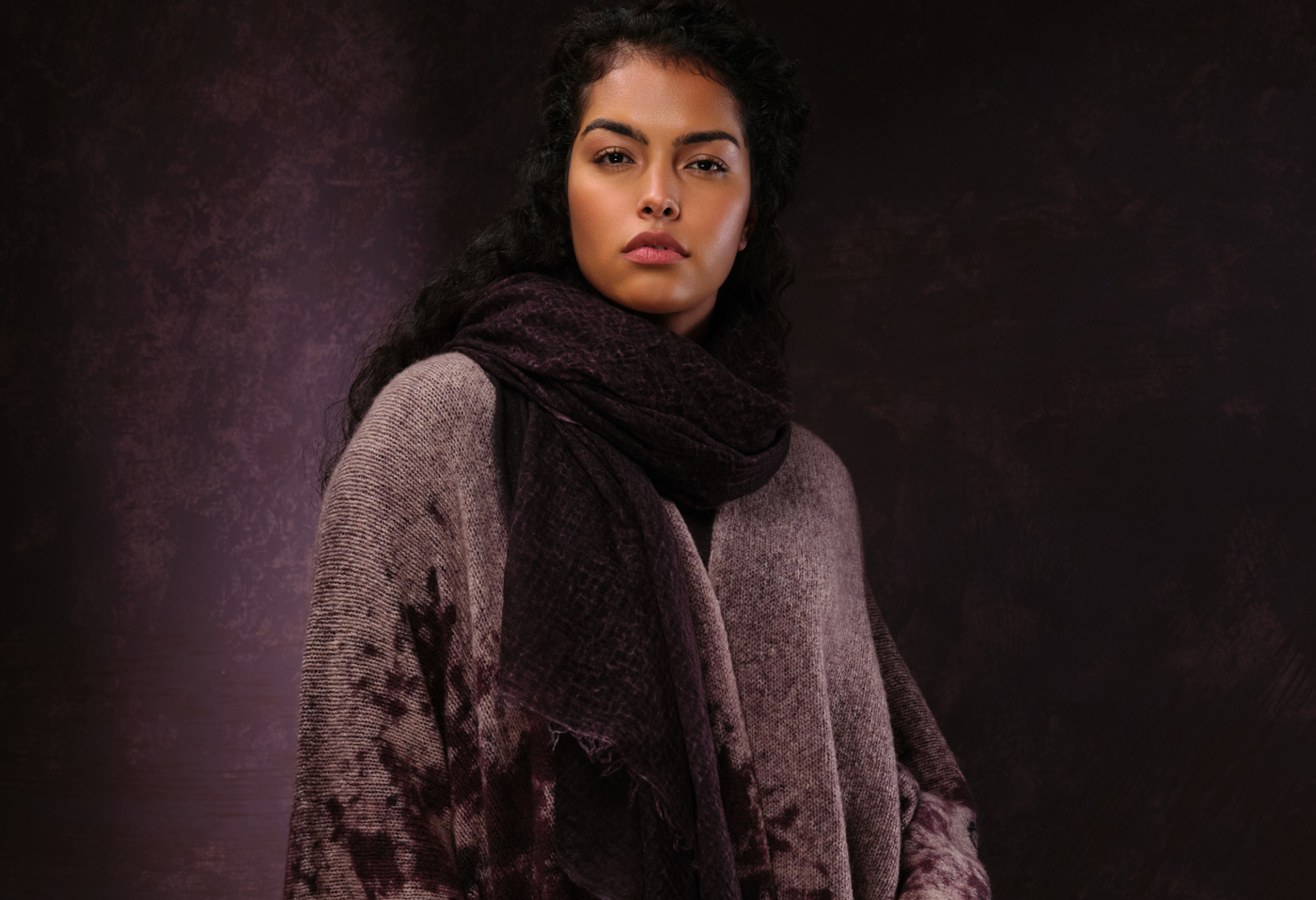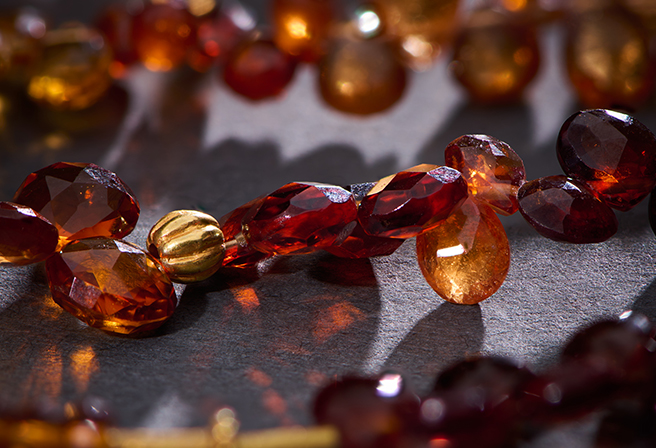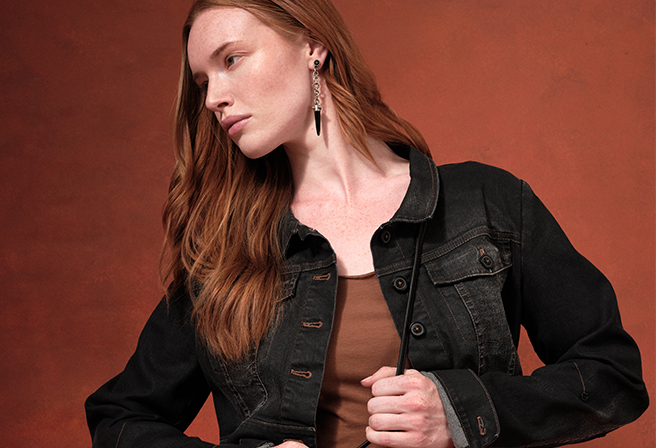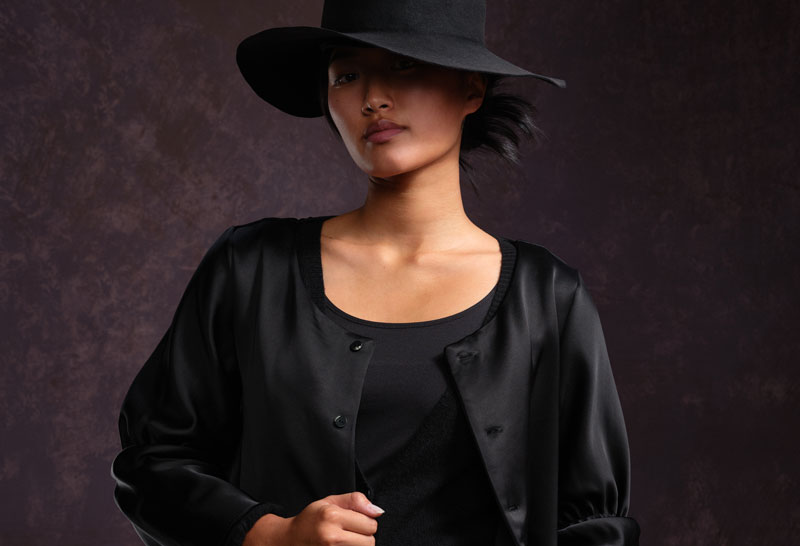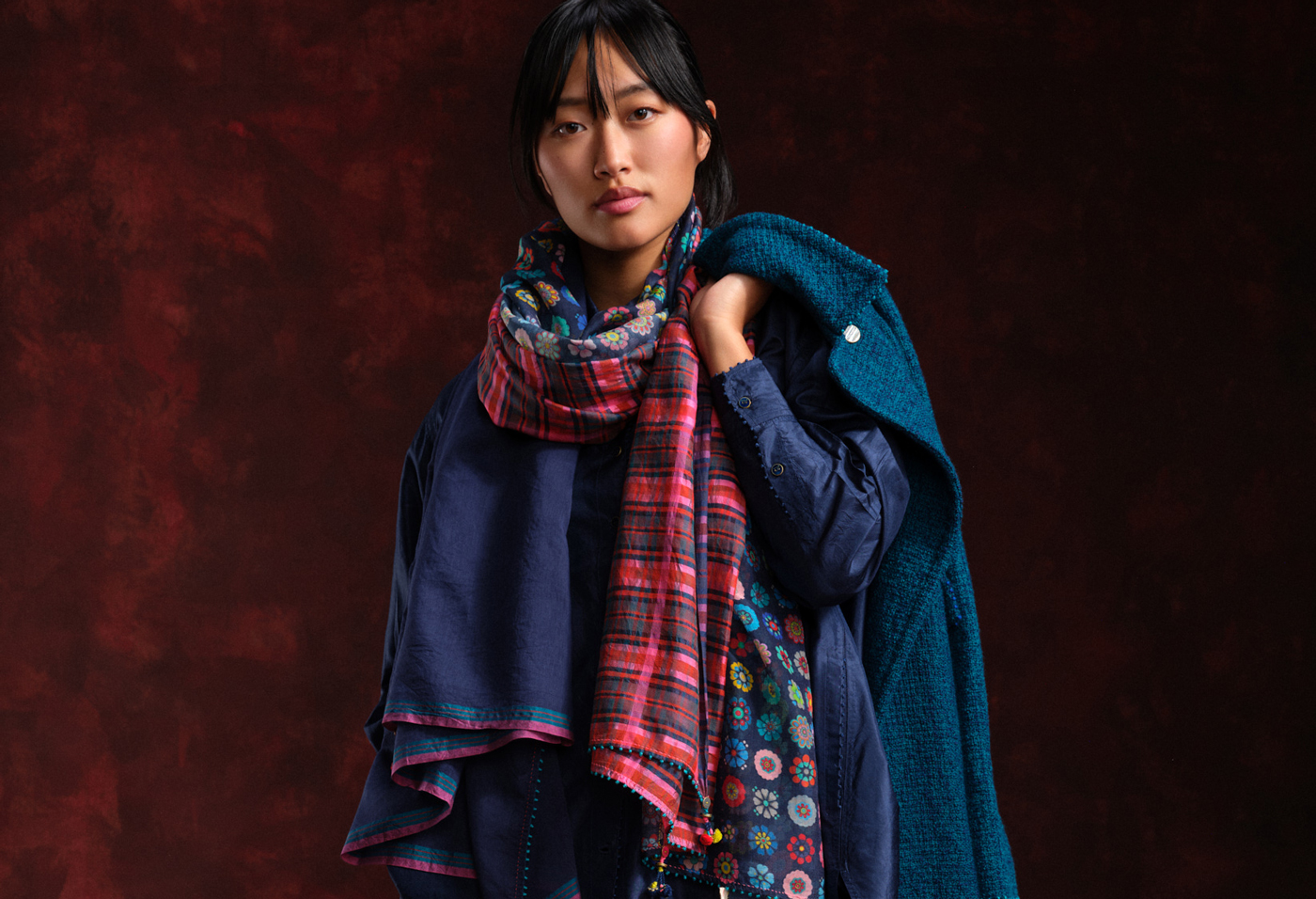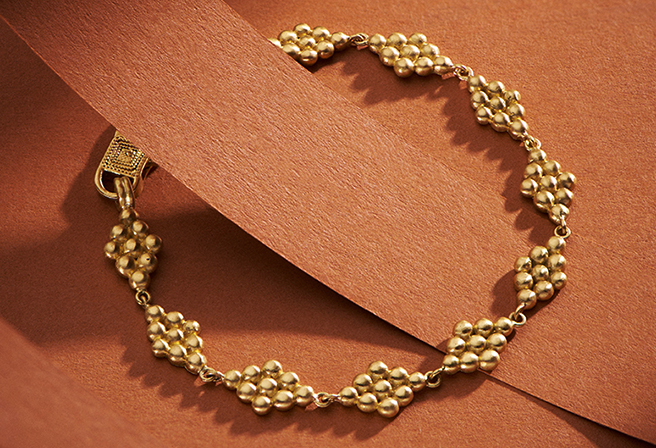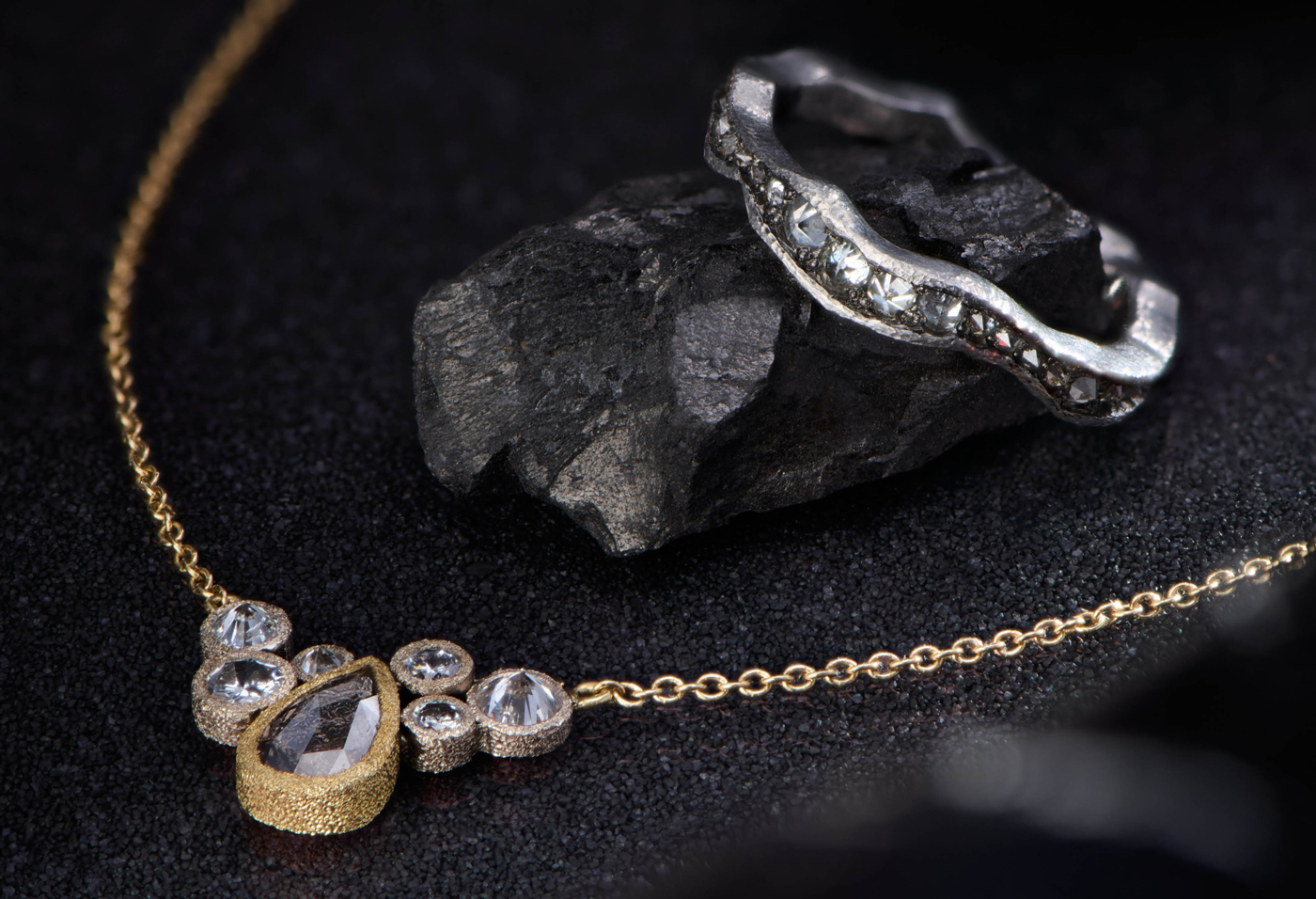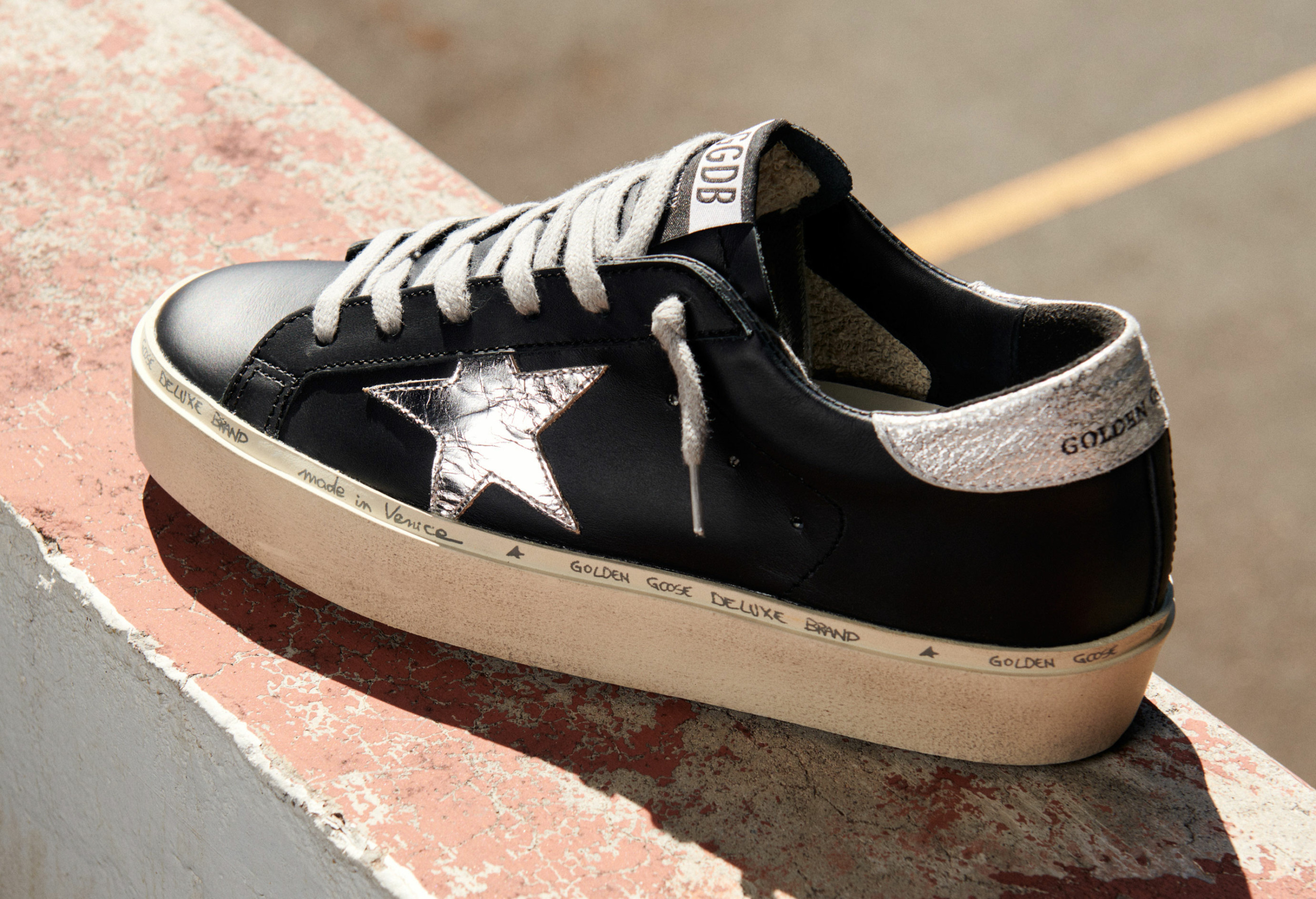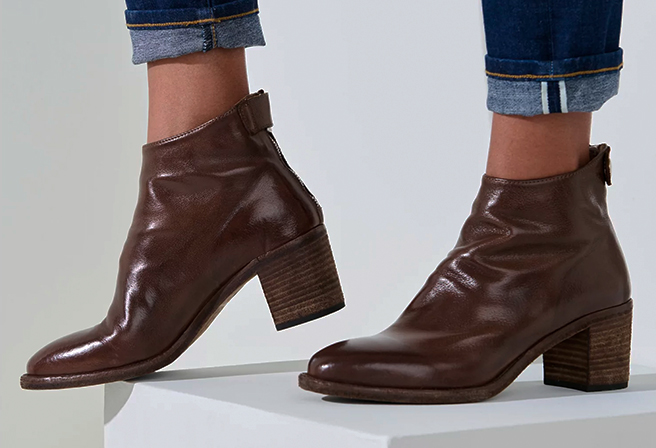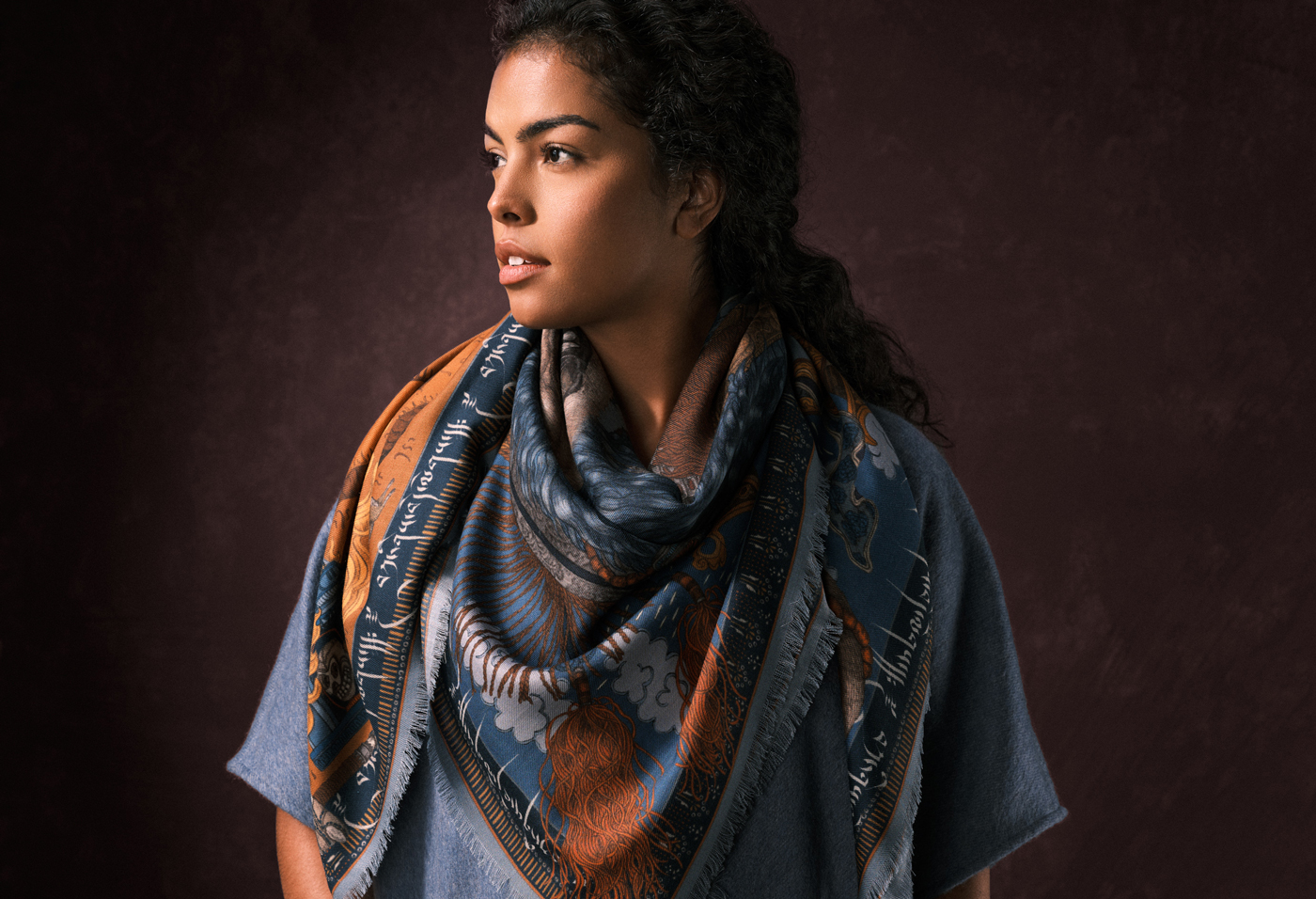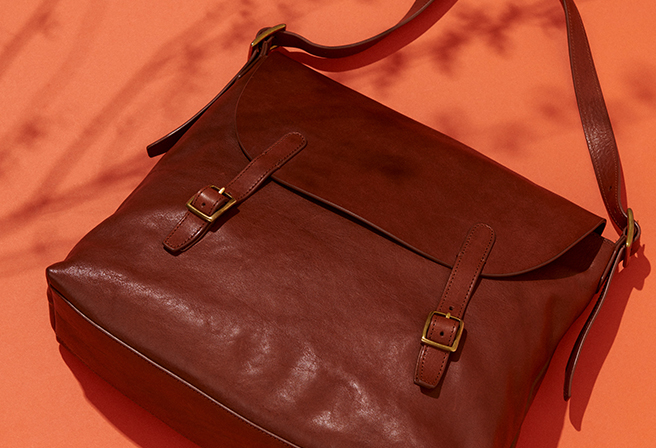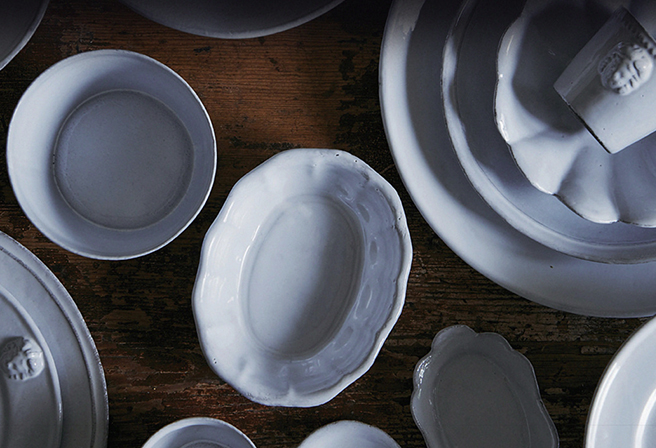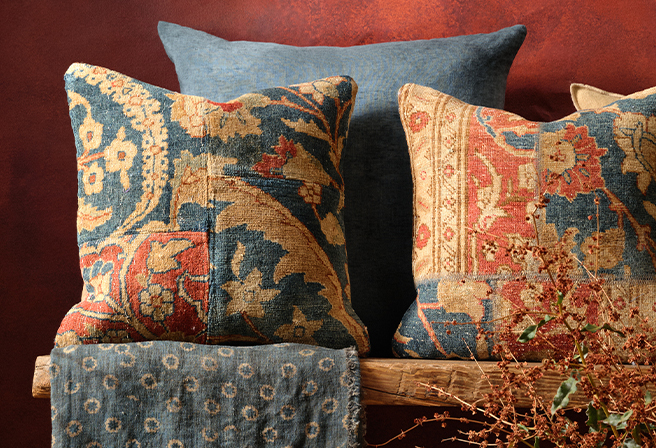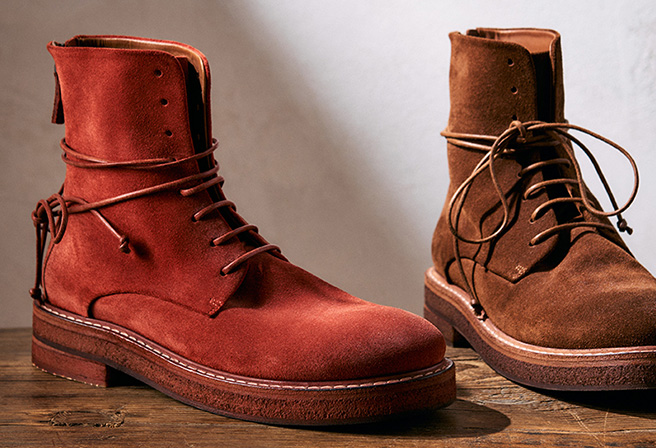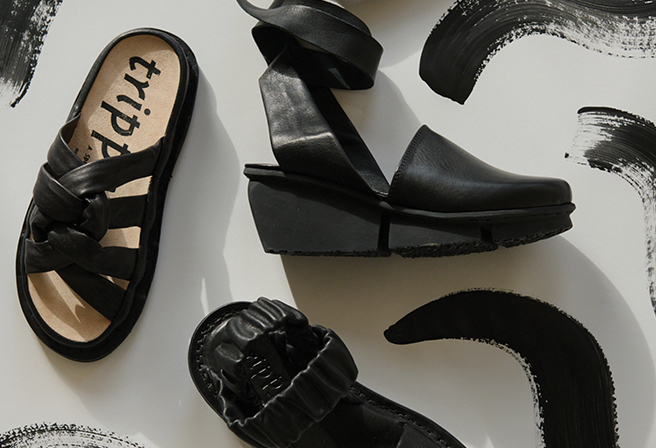The poncho is a ubiquitously simple garment with a colorful history and unlimited potential. Born out of the necessity to keep warm and protect from the weather while maintaining freedom of movement, the poncho is a rectangular cloth with an opening in the center for the head and unsewn sides. Found as a folded piece of fabric, or two pieces of fabric joined together, it is designed to be worn over the head or wrapped around the body.
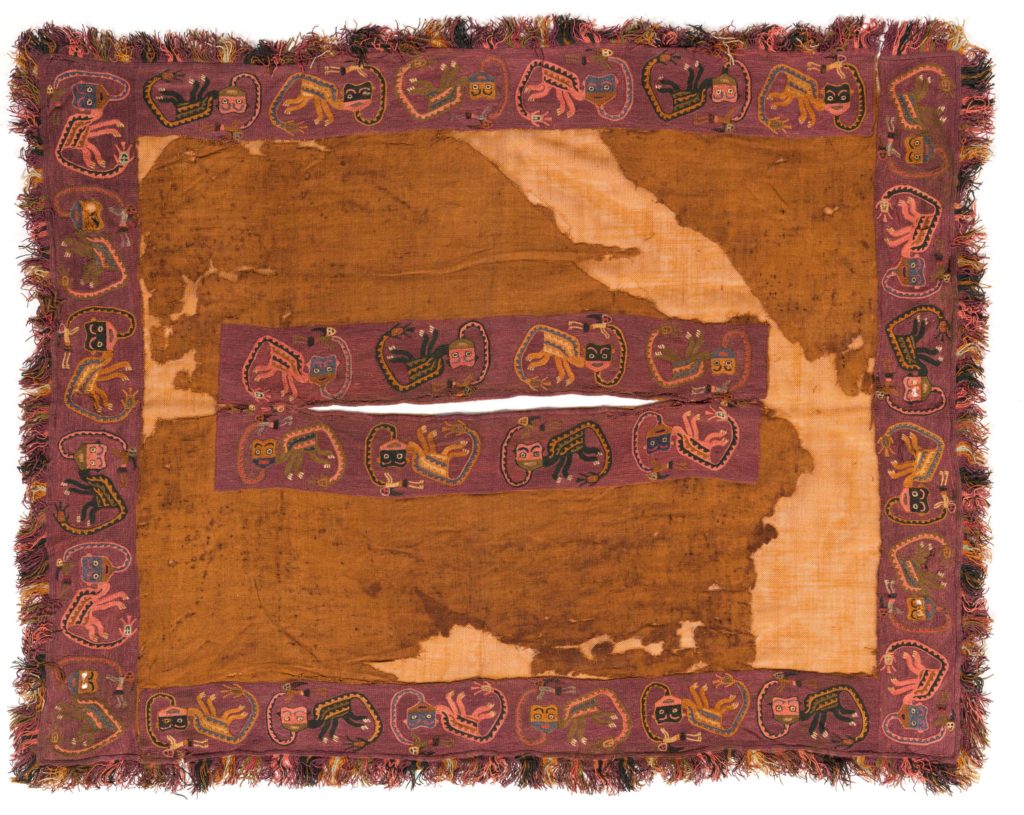
The oldest surviving pieces are elaborate burial ponchos and wraps found in Paracas, along the coast of Peru. Part of the Andean civilization, the pieces range from 2,000 – 2,500 years old. The designs are vibrantly colored intricate embroideries of birds, animals and warriors on a solid colored woven cloth. The exact origins of the poncho are debated with similar designs to the Paracas pieces found in the artifacts of many indigenous cultures throughout South America. The shape and construction have remained constant for thousands of years, with the biggest changes occuring in who wears a poncho: it has traveled the gamut from being designated for only the most elite men to utilitarian outerwear for farmers and shepherds to luxury high fashion for women.
The poncho has featured strongly in the last few fall/winter seasons. It showed on the runways of Valention and Gucci and was part of layered looks by designers such as Agnona, Brunello Cucinelli and Avant Toi. This collection below reflects some of our most iconic pieces from I Pezzi Dipinti, Alonpi and Etro.
